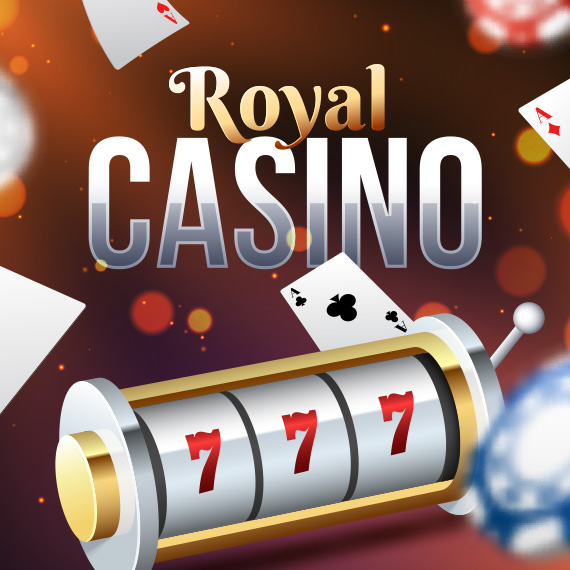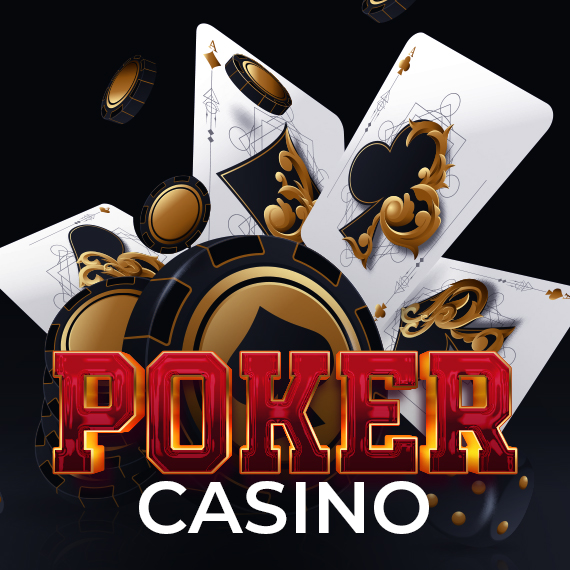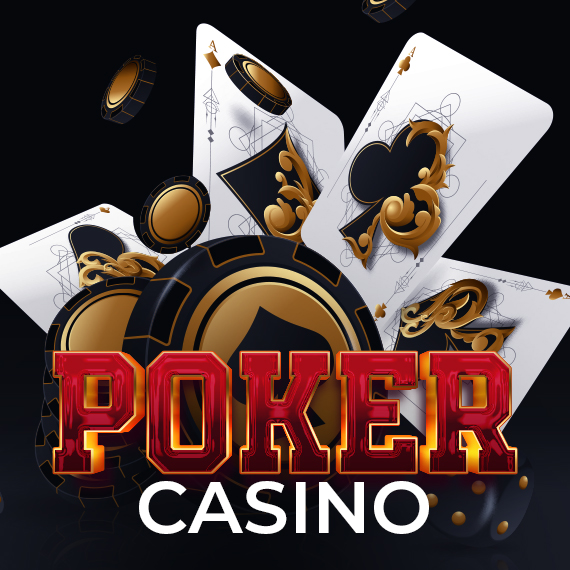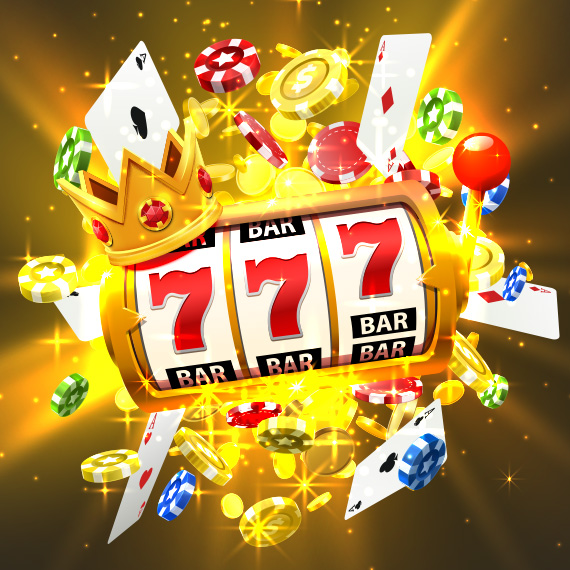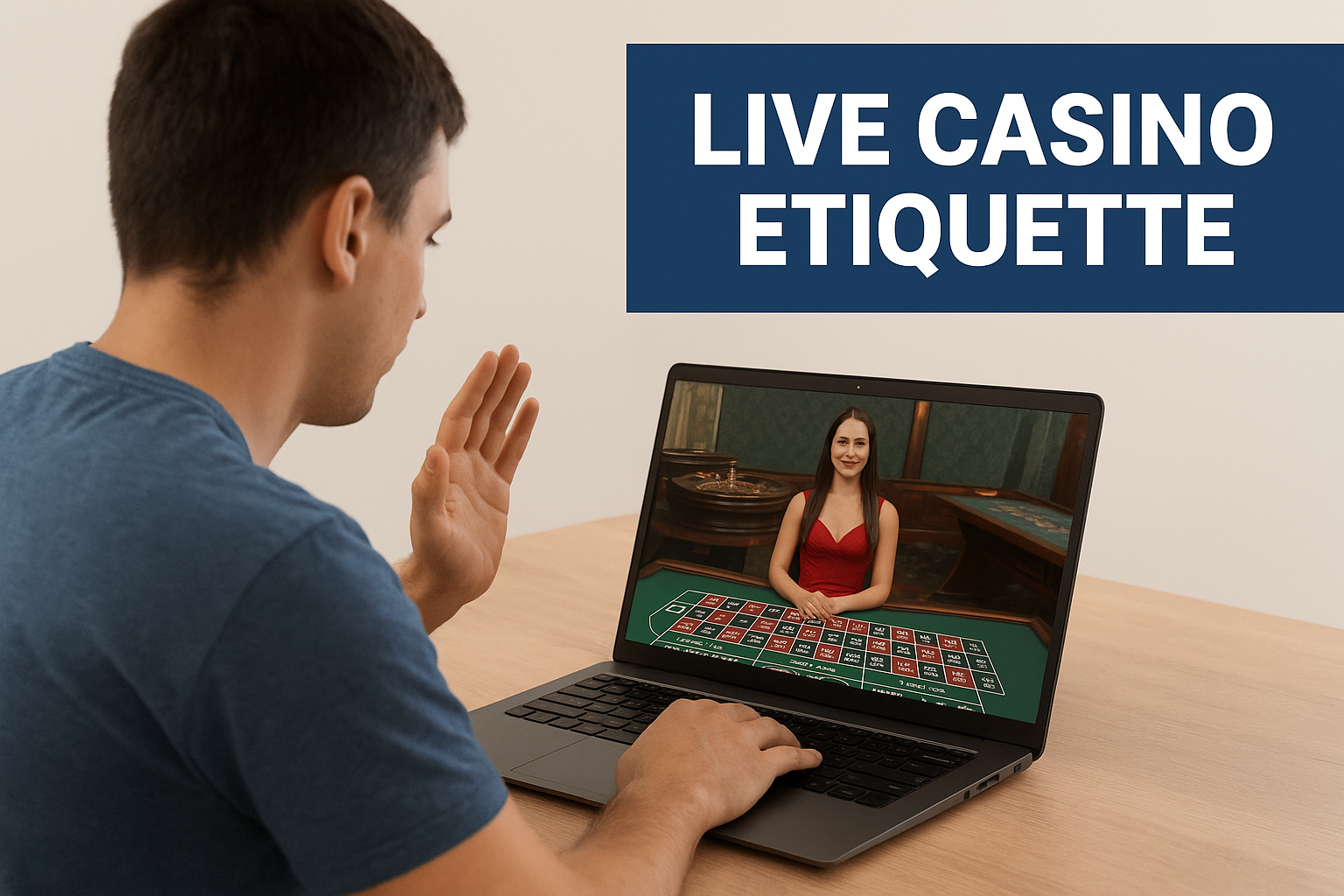Sports Betting 101: What is Vig and Why it Matters for Your Payouts
Unlock the secrets of vig in sports betting and learn how to minimize its impact to boost your long-term profitability.
194
When it comes to sports betting, the vig, short for “vigorish,” is one of the most important yet often overlooked elements of the game. Whether you’re a seasoned bettor or just starting, understanding the vig and how to navigate it can have a huge impact on your long-term betting success. But what exactly is vig, why is it so important, and how can you, as a punter, reduce its influence on your bets? Let’s explore this in detail.
What is Vig in Sports Betting?
In sports betting, vig refers to the commission or the house edge that sportsbooks take when offering odds. Essentially, it’s the bookmaker’s cut or margin built into the odds they offer. This ensures that the odds are slightly worse than they should be from a purely mathematical perspective, thereby giving the sportsbook an edge.
The vig is inserted into the odds to protect the bookmaker from both losing bets and winning bets. For example, when a punter places a bet, the bookmaker holds on to all stakes from losing wagers, but they also need to safeguard against paying out large sums to winning bettors. Over time, by paying out slightly less than the mathematically correct amount, the bookmaker ensures they stay profitable, even in the face of savvy, value-seeking punters.
Vig vs. Juice: Is There a Difference?
When we talk about the vig in sports betting, it’s essentially the same thing as juice. The terms are used interchangeably and refer to the same concept. Whether you hear someone call it the “vig,” “juice,” “cut,” “house edge,” or “margin,” they all point to the same thing—the bookmaker’s built-in profit margin. It’s just different ways of saying that the odds are slightly adjusted to ensure the bookmaker makes a profit in the long run.
Why Do Sportsbooks Charge Vig?
Understanding why sportsbooks charge vig requires a bit of insight into how bookmakers operate. At its core, a sportsbook lays odds on a sporting event based on its assessment of the probability of an outcome. They consider a variety of factors such as recent team form, player injuries, head-to-head statistics, and other relevant data when setting the odds.
However, betting markets are not set up purely to reflect these odds mathematically. Bookmakers have fixed and variable costs they need to cover, including the costs of running a betting platform, marketing, promotions, customer support, and even paying staff.
If sportsbooks offered perfect odds (i.e., mathematical odds based on actual probabilities), they would struggle to make a profit. This is because, in an ideal scenario, they would break even—taking in as much money as they pay out, leaving no room to cover the operational costs of their business.
The vig, or house edge, is the margin that ensures that sportsbooks are not only covering their operational costs but also making a profit. It’s a safety net that protects the bookmaker and ensures profitability over the long term.
How to Calculate the Vig
Calculating the vig is a complex process that involves determining the overround, which is a percentage that shows the bookmaker’s profit margin across a betting market. This calculation is difficult to do manually, but modern tools such as overround calculators make the process much easier.
Let’s look at an example: Imagine a tennis match between Carlos Alcaraz and Novak Djokovic. The odds for Alcaraz are 1.7, and for Djokovic, they are 2.1. Using an overround calculator, you would find that the market overround is 6.44%. This means the vig in this case is 6.44%, or the odds offered by the bookmaker are 6.44% shorter than they should be based on the true probability of each player winning.
Now, let’s consider a football match with three possible outcomes: Arsenal vs. Everton, and the draw. The odds are as follows:
- Arsenal: 2.2
- Everton: 3.8
- Draw: 3.0
In this case, the vig is 5.1%. This means that, as a punter, you’re betting with odds that are 5.1% worse than they would be if there was no vig.
How Much Vig Do Sportsbooks Charge?
The vig charged by sportsbooks can vary widely depending on the bookmaker and the event. On average, a reputable sportsbook will have a vig of around 4% to 5%. This is considered to be a relatively fair margin, providing a competitive edge for bettors.
However, some sportsbooks may charge a higher vig, ranging from 6% to 7%, which still isn’t unreasonable but can slowly erode your profitability over time.
If you come across a sportsbook with a vig approaching 8% or 10%, it’s often best to avoid them, as the house edge is simply too high. Betting with such a high vig means that your chances of profiting in the long run are diminished, and your winnings will be smaller.
How Vig Affects Profitability
The vig has a significant impact on your profitability as a sports bettor. Let’s take an example to understand this better.
Imagine two bettors, Pete and John, both placing £10 bets on the same selections:
John at Bookie A:
- Real Madrid to beat Barcelona @ 2.8
- England to beat India in an ODI @ 2.3
Pete at Bookie B:
- Real Madrid to beat Barcelona @ 2.5
- England to beat India in an ODI @ 2.1
Now, if both bets win, John, who placed his bets at Bookie A with a lower vig, will receive a profit of £31. Meanwhile, Pete, who placed his bets at Bookie B with a higher vig, will only get a profit of £26.
It’s clear that John’s profit is 19% higher than Pete’s, purely because he got better odds (and therefore, lower vig) from his chosen bookmaker. This difference may seem small on a single bet, but over the long term, it can lead to significant differences in your overall betting balance. The lower the vig, the more you stand to win in the long run.
Other Types of Vig
The house edge, rake, and overround are all related terms to vig, though they can sometimes apply in different contexts.
- House Edge: This is the term commonly used in casino games, such as blackjack or roulette. It refers to the bookmaker or casino’s advantage over the player. It’s essentially the same thing as the vig but applied in different betting environments.
- Rake: The rake is a concept mostly used in poker, where the poker room takes a commission on each hand played. Unlike vig, where the bookmaker adjusts the odds to ensure they make a profit, the rake is a commission taken directly from the poker pot.
- Overround: We’ve touched on this before, but the overround represents the bookmaker’s edge in a market, calculated as a percentage. It’s the percentage by which the total odds of all possible outcomes in a betting market exceed 100%. The higher the overround, the higher the vig.
Tips to Reduce the Impact of the Vig
While it’s almost impossible to eliminate the vig entirely, there are a few strategies that can help you reduce its impact and improve your chances of profitability.
1. Shop Around for the Best Odds
One of the most effective ways to reduce the vig is to always check multiple sportsbooks before placing a bet. By using odds comparison sites, you can find which bookmaker is offering the best price for your selected bet.
Though it may not always be convenient to have accounts with multiple sportsbooks, having accounts with 3 or 4 bookmakers can be beneficial. This gives you flexibility to always place your bet with the bookmaker offering the best odds.
2. Take Advantage of Odds Boosts
Many sportsbooks offer odds boosts as part of their promotions, especially for major events. These boosts raise the odds on specific selections, offering you better value and, in turn, reducing the vig. For instance, if a sportsbook boosts the odds on a popular footballer to score a goal, you can take advantage of the increased payout.
3. Look for Other Promos
In addition to odds boosts, many sportsbooks run promotions that can help reduce the vig. For example, some bookmakers offer customers the ability to boost their own selections by 20% or more. This means you can select the bets you want and improve the odds without being limited to pre-selected markets.
4. Improve Your Betting Strategy
The more you win, the less the vig impacts your long-term profitability. However, this doesn’t mean you should focus on betting at shorter odds to increase your win rate. In fact, your strategy should focus on finding value bets—those that offer better-than-expected returns compared to the implied probability from the bookmaker’s odds.
By carefully analyzing markets and finding value, you’ll naturally beat the vig over time.
Final Thoughts
The vig, or vigorish, plays a crucial role in sports betting, and understanding it is key to improving your profitability. While you can’t completely avoid the vig, being strategic about where you place your bets, comparing odds, and taking advantage of promotions can help you reduce its impact. With the right approach, you can give yourself a better chance of coming out ahead in the long run.
When it comes to sports betting, the vig, short for “vigorish,” is one of the most important yet often overlooked elements of the game. Whether you’re a seasoned bettor or just starting, understanding the vig and how to navigate it can have a huge impact on your long-term betting success. But what exactly is vig, why is it so important, and how can you, as a punter, reduce its influence on your bets? Let’s explore this in detail.



